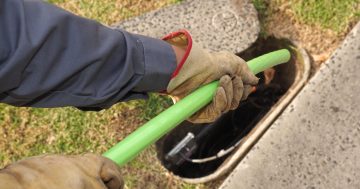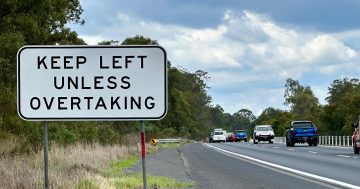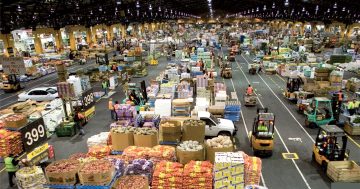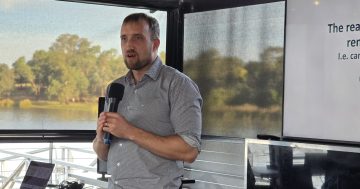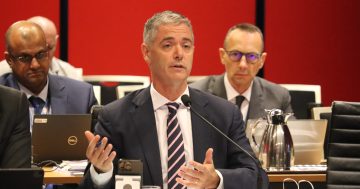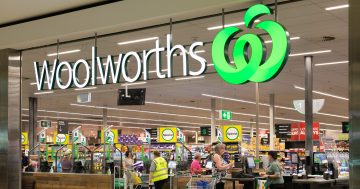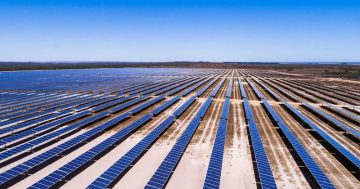Simon Thomsen* says new figures suggest the NBN’s cut in the wholesale price of higher-speed plans has paid off handsomely in luring new customers.
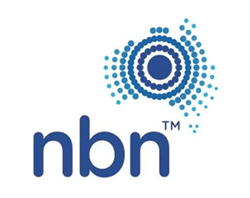 Discounting the NBN has paid off dramatically for the Government-owned broadband network, with the latest quarterly analysis by the competition watchdog finding that nearly half of the 4.5 million households now connected are on plan speeds faster than 50 Mbps.
Discounting the NBN has paid off dramatically for the Government-owned broadband network, with the latest quarterly analysis by the competition watchdog finding that nearly half of the 4.5 million households now connected are on plan speeds faster than 50 Mbps.
The Australian Competition and Consumer Commission (ACCC) Wholesale Market Indicators Report for the September quarter says connections increased by 8.6 per cent, adding another 350,000, while 2.2 million consumers are now on higher-speed plans, an increase of 20 per cent (400,000 connections) on the previous quarter.
In the June quarter, around a third (35 per cent) of all NBN residential services were on 50 Mbps or higher plans.
The rapid shift in upgrades suggests the broadband company’s cut in the wholesale price of higher-speed plans earlier this year in a bid to lure customers to higher tiers has paid off handsomely.
Before the prices dropped, 80 per cent of users chose 25 Mbps.
Retail Service Providers (RSPs) — the likes of Telstra and Optus — responded by cutting retail rates.
ACCC Chair, Rod Sims said the NBN Co.’s strategy demonstrated that customers are willing to move to higher-speed plans if the incentives are right.
“We expect these incentives will continue to operate as NBN Co. transitions to longer-term bundled pricing for the higher speed plans,” Mr Sims said.
Nonetheless, the customer base for basic speeds continues to grow, with more than 1.2 million consumers on the lowest speed of 12 Mbps, up 4.3 per cent for the quarter, and still around a quarter of all NBN services.
The average connectivity virtual circuit (CVC) has also continued to improve, up 2.9 per cent to 1.71 Mbps in September.
The speed 18 months ago was 1 Mbps.
The NBN discounted the virtual charge it levied on retailers to access faster network speeds in a bid to improve them.
“It is important RSPs maintain sufficient CVC capacity to ensure consumers get the service they have paid for, particularly in the busy period,” Sims said.
The latest quarterly report counted the number of services on Fibre-to-the-Curb (FTTC), finding 39,204 are now connected.
The ACCC also concluded that the overall market share among retailers remained relatively stable, with smaller RSPs increasing their market share slightly to 6.3 per cent, adding about 27,000 more services.
At the end of September, 4,488,295 homes were connected to the NBN.
* Simon Thomsen is an Associate Editor at Business Insider Australia. He tweets at @SimonThomsen. His website is simonthomsen.com.
This article first appeared at www.businessinsider.com.au.


